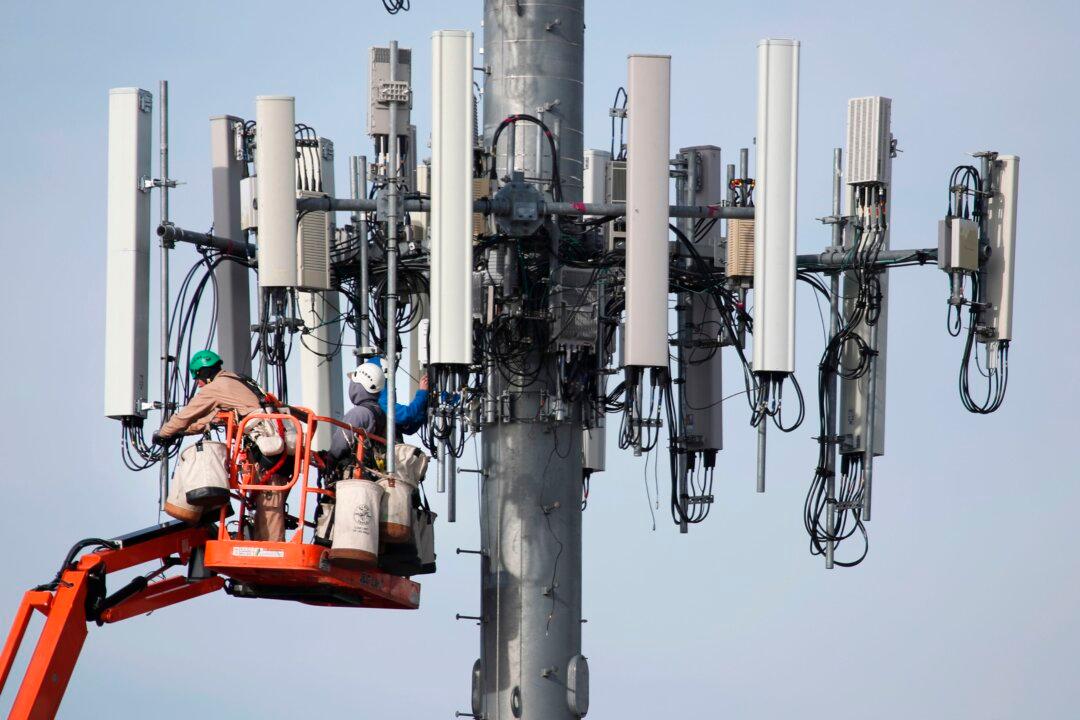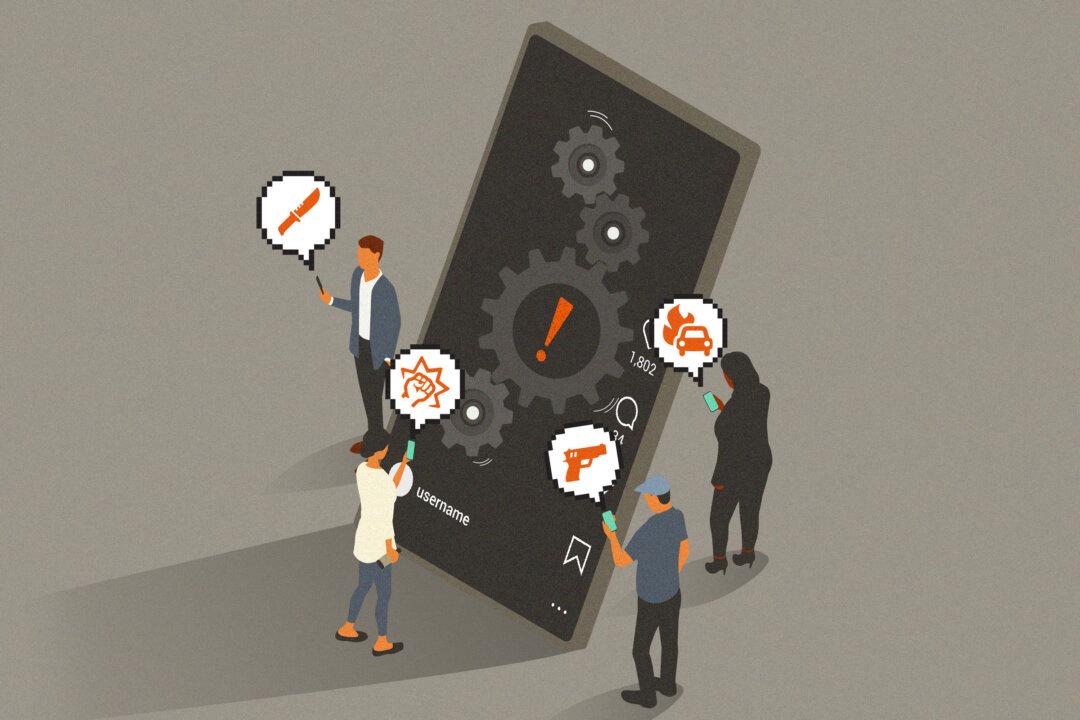The United States needs to lead the development of 5G wireless network standards, assess any vulnerabilities to hacking, and address national security dangers posed by “high-risk” 5G vendors, according to a document titled “National Strategy to Secure 5G.”
The strategy, recently released by the Trump administration, makes no mention of who “high-risk” 5G vendors might be, but the field of candidates is so narrow as to make clear the target is Huawei.





